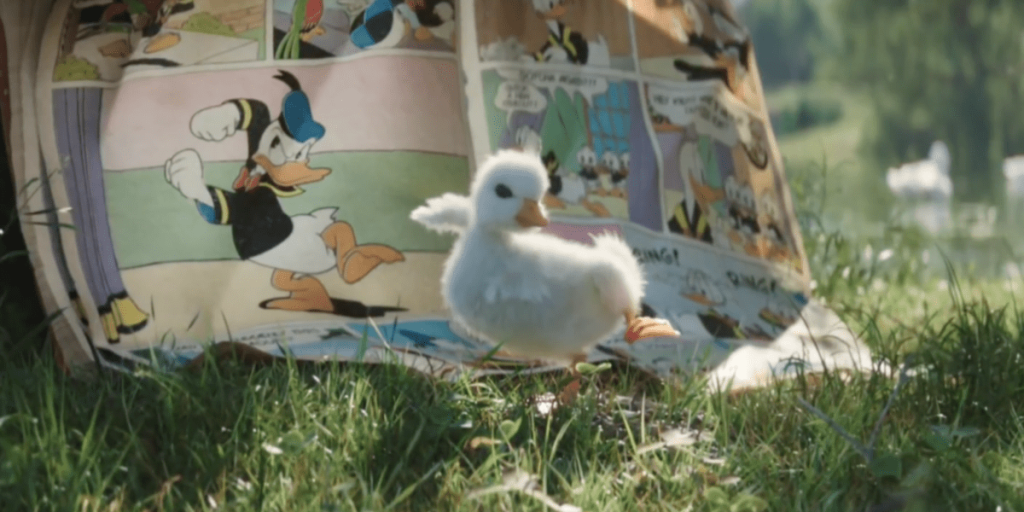DTC Marketing Tips: Building a Great Online Community
The idea of building an internet community around a company might have first gained traction with software and technology developers. Tech companies often establish user communities to provide information and assistance to users and prospects. Company employees might have provided some of this support, but over time, other members started to contribute too.










